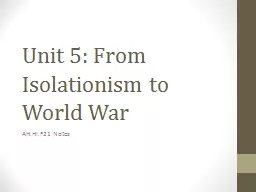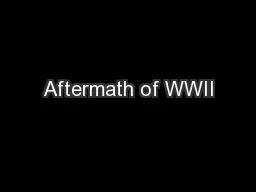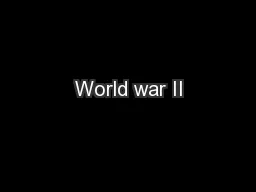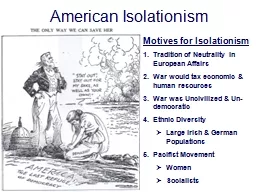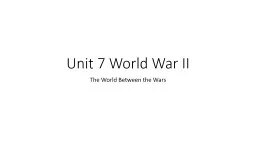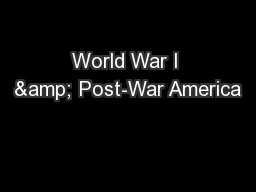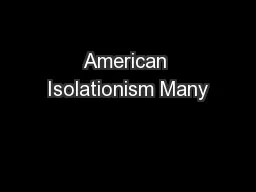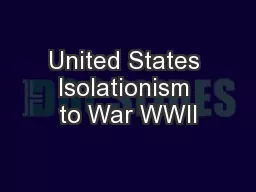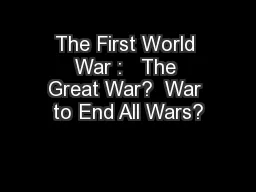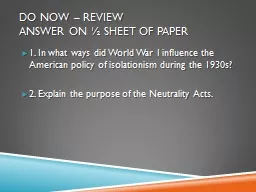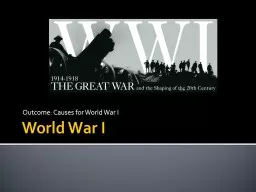PPT-Unit 5: From Isolationism to World War
Author : min-jolicoeur | Published Date : 2016-05-17
AHHIF21 Notes Content Statement 21 During the 1930s the US government attempted to distance the country from earlier interventionist policies in the Western Hemisphere
Presentation Embed Code
Download Presentation
Download Presentation The PPT/PDF document "Unit 5: From Isolationism to World War" is the property of its rightful owner. Permission is granted to download and print the materials on this website for personal, non-commercial use only, and to display it on your personal computer provided you do not modify the materials and that you retain all copyright notices contained in the materials. By downloading content from our website, you accept the terms of this agreement.
Unit 5: From Isolationism to World War: Transcript
Download Rules Of Document
"Unit 5: From Isolationism to World War"The content belongs to its owner. You may download and print it for personal use, without modification, and keep all copyright notices. By downloading, you agree to these terms.
Related Documents

